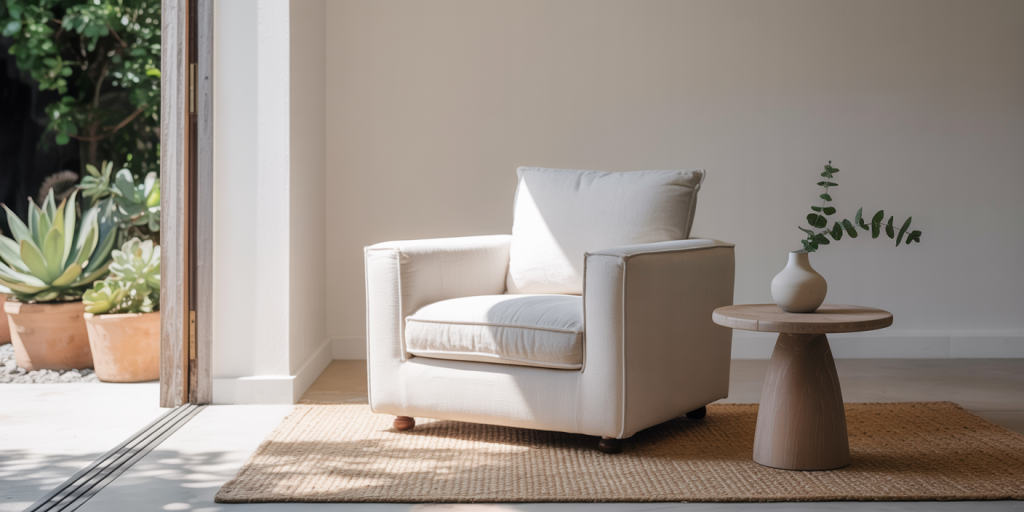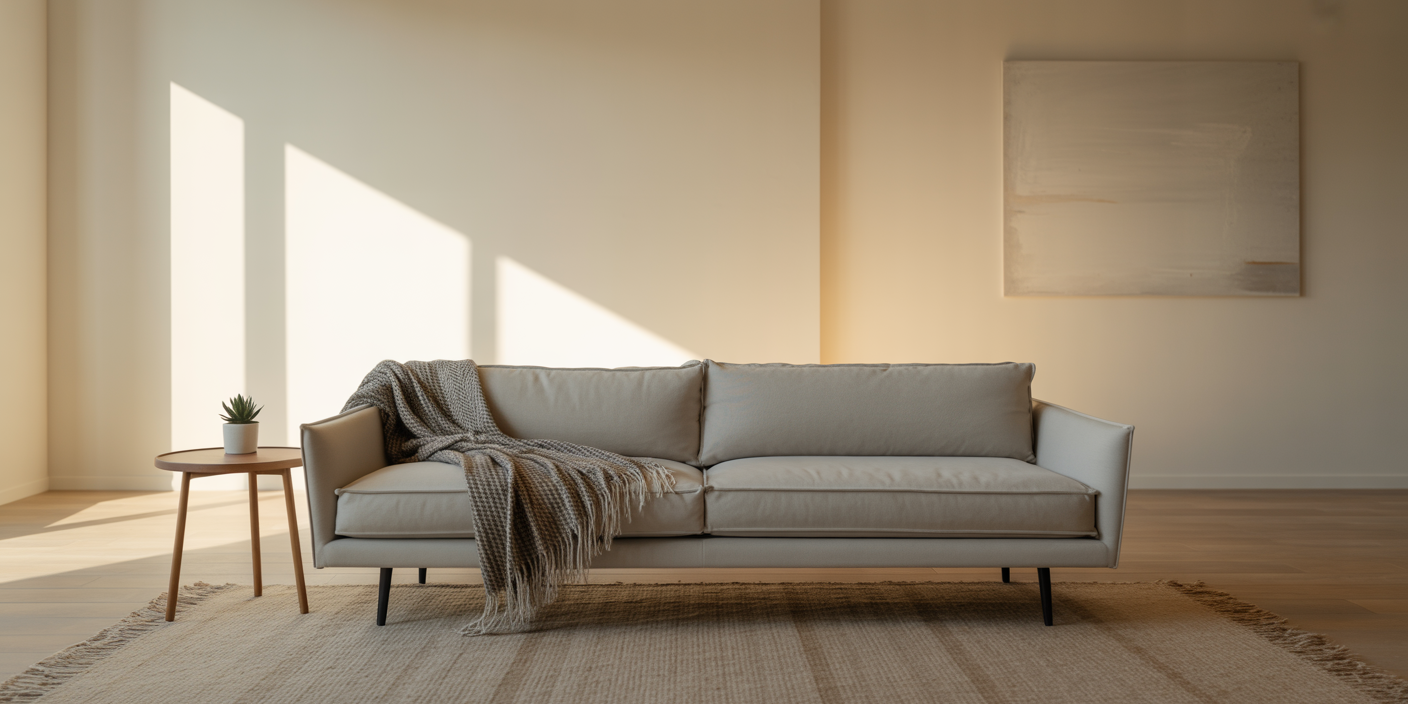In recent years, minimalist living has shifted from a niche lifestyle choice to a mainstream movement embraced by millions worldwide. The core principle revolves around simplifying life by reducing possessions and unnecessary expenditures to focus on what truly matters. Beyond the evident psychological and emotional benefits, minimalism has a significant impact on personal finances—often resulting in better financial stability and enhanced long-term wealth. This article explores how adopting a minimalist lifestyle changes your financial landscape through practical insights, data analysis, and real-world examples.
The Financial Mindset Shift Induced by Minimalism
Minimalism triggers a shift in financial behavior by fostering conscious spending habits and discouraging impulsive purchases. For example, consumers practicing minimalism often report a decline in the urge to acquire trendy gadgets, fast fashion, or multiple luxury items, which traditionally complicate personal budgets. A study by Nielsen IQ found that 56% of millennials are trying to cut down on unnecessary spending, largely influenced by minimalist trends.
This mindset shift promotes evaluating purchases on their true value and longevity rather than short-term gratification. Minimalists prioritize quality over quantity, leading to investments in fewer but more durable goods. For instance, rather than buying ten fast fashion shirts, a minimalist may buy two high-quality shirts that last years, saving money over time by reducing replacement frequency.
Reduced Household Expenses: Practical Examples
One of the most direct financial effects of minimalist living is a noticeable reduction in regular household expenses. Minimalist individuals and families tend to downsize their homes or live in smaller spaces because fewer possessions require less storage and upkeep. According to a report by Zillow in 2023, average utility costs for homes under 1,000 sq. ft. are 25% lower than for homes exceeding 2,000 sq. ft.


Consider the case of Jane and Mark, a couple from Austin, Texas, who downsized from a 2,500 sq. ft. home to an 850 sq. ft. tiny house after embracing minimalism. Their monthly utility bills dropped from $350 to $140, and home maintenance costs shrank proportionally. Additionally, minimalist households often consume less energy and water because they own fewer appliances and gadgets.
Table 1 illustrates a comparative analysis of monthly expenses between a traditional household and a minimalist household.
| Expense Category | Traditional Household | Minimalist Household | % Reduction |
|---|---|---|---|
| Utilities (electricity, water, gas) | $300 | $150 | 50% |
| Grocery Expenses | $600 | $400 | ~33% |
| Clothing and Accessories | $200 | $50 | 75% |
| Entertainment & Subscriptions | $150 | $50 | 67% |
*Source: Based on surveys from the Minimalist Living Finance Report 2023.*
Reduced spending in these categories accumulates disproportionately over months and years, demonstrating how minimalist living directly benefits finance management by lessening outgoing expenses.
Minimalism as an Investment in Financial Freedom
Minimalism is often viewed as a tool for achieving financial freedom faster, defined as the ability to live comfortably off passive income without active work. By reducing unnecessary expenditures, minimalists free up more money to allocate toward investments or savings. According to a Fidelity Investments survey (2022), individuals who limit consumption report saving an average of 20-30% more than non-minimizers.
Take the example of Michael, a software engineer who adopted minimalism in 2021. He curtailed his discretionary spending and funneled $1,000 monthly into a diversified portfolio consisting of index funds and real estate crowdfunding. Over two years, his investment returns outpaced inflation by 5%, while his debt ratios decreased significantly due to higher savings rates.
Moreover, minimizing possessions means lowering the risk of being burdened by debt accumulation from credit cards or personal loans used to finance consumer goods. The financial discipline that accompanies minimalism reduces impulse buying and encourages mindful budgeting, crucial habits for long-term wealth development.
The Psychological Impact on Spending Habits
Minimalism contributes significantly to reducing the psychological triggers that cause overspending. Consumer psychology research indicates that cluttered environments promote stress and impulsivity, which escalate unnecessary purchases. Conversely, minimalism simplifies decision-making by limiting choices and focusing on essentials.
A study by the University of Michigan (2023) revealed that individuals living in decluttered, minimalist spaces experienced 30% less financial anxiety compared to those in cluttered settings. This psychological ease promotes better money management as emotional spending decreases. Also, minimalists tend to derive satisfaction from experiences rather than possessions, which typically cost less and provide longer-lasting happiness.
Examples include prioritizing travel, education, or hobbies instead of accumulating physical items. By cementing these behavioral shifts, minimalism fosters an environment where people control spending rather than instincts driving unneeded purchases.
Environmental and Economic Benefits of Minimalism
Financial benefits aside, minimalism also aligns with environmental sustainability, which indirectly impacts personal finances by promoting efficient consumption. The global economy’s carbon footprint heavily relates to excessive production and waste from consumerism. Minimalist living reduces waste generation and reliance on disposable products, potentially lowering future costs related to environmental degradation or health.
For instance, reusing and repurposing goods delays the need for new purchases. Buying secondhand or investing in quality items that last decades reduces landfill dependence and decreases urban pollution. According to a 2024 report by the World Economic Forum, households adopting minimal consumption patterns reduce their annual environmental costs by approximately $1,200 per year, factoring healthcare and resource savings.
From a macroeconomic perspective, economies benefit from shifting toward minimalist values as resources are allocated toward innovation and sustainability rather than overproduction. This shift can stabilize market prices and create new financial opportunities like green investments and circular economies benefiting individual financial portfolios.
Long-Term Financial Stability Through Minimalism
Adopting a minimalist approach helps build financial resilience in an unpredictable economic environment. Since minimalists maintain fewer liabilities and more controlled expenses, they are better equipped to handle emergencies such as job loss or unforeseen medical bills.
For example, during the 2020 pandemic, households practicing minimalism reported fewer financial hardships. Survey data from the Financial Protection Bureau showed that 64% of minimalists had sufficient emergency savings versus only 38% in the general population. This stability stems from avoiding consumer debt and prioritizing essential savings.
Additionally, minimalists focus on reducing depreciating assets like cars or trendy electronics, and instead often opt for public transport or multifunctional devices, which lower ongoing costs. Driving less not only saves fuel but also reduces insurance and maintenance costs, improving financial security.
| Financial Indicator | Minimalists (2020) | General Population (2020) |
|---|---|---|
| Emergency Fund (months of expenses) | 5.2 | 3.1 |
| Average Consumer Debt | $7,000 | $15,000 |
| Savings Rate (%) | 18% | 7% |
*Source: Consumer Financial Protection Bureau, 2021*
These figures illustrate how minimalist living can serve as a long-term financial strategy ensuring more robust economic health and peace of mind.
Future Perspectives: Minimalism and Financial Trends
The minimalist movement is poised to influence future financial trends significantly. As more people recognize the pitfalls of overconsumption, minimalist principles are becoming integrated into digital financial advisories, bank offerings, and public policy campaigns promoting sustainable consumption.
Technology-driven solutions such as budgeting apps and AI financial advisors increasingly tailor advice to promote minimalist spending, prioritizing essential expenditure and savings goals. Moreover, with the rising awareness of climate change and sustainability, investors are expected to favor companies that embrace minimalist values—those developing sustainable production methods and circular economies.

Forecasting from the International Monetary Fund (IMF) in 2024 suggests that global consumer spending growth will slow down compared to previous decades, with a rising shift toward value-based consumption patterns. This corresponds well with minimalist ideologies, indicating potential market adjustments in pricing, marketing, and product development aligned with minimalist demand.
In conclusion, minimalist living substantially redefines personal finances by reducing expenses, improving saving rates, and fostering mental clarity that curbs impulsive consumption. With its combination of financial discipline and sustainable practices, minimalism is not just a lifestyle—it’s an investment in a more secure, balanced economic future. As the world moves toward economic and environmental consciousness, adopting minimalist principles can offer a competitive financial advantage, personally and globally.

Deixe um comentário